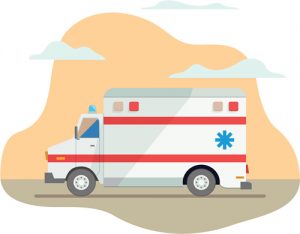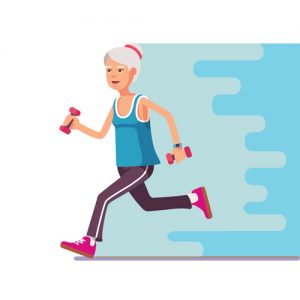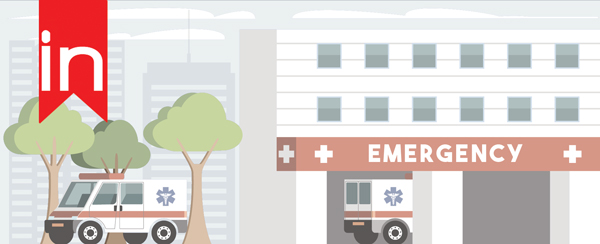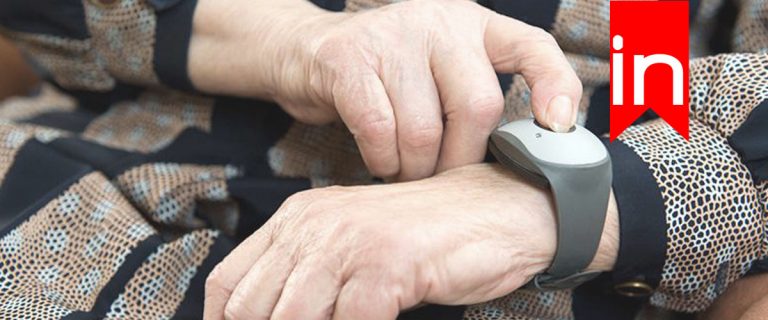Worrying about your loved ones for their general safety is something that everyone does. Whether it’s about safety in a car, riding a bike, or playing a sport, people will always be concerned for them because there’s always a risk of accidental injury. Worrying about loved ones who may be older, though, is a different kind of concern. While most people wouldn’t be bothered or anxious about someone’s safety in their own home where it’s safe, families with elderly loved ones, not so much. By looking at three emergency response systems developed for protecting our seniors while living in their own homes, people could finally have peace of mind for their elderly family members’ safety.
Traditional Emergency Response System
 A personal emergency response system/medical alert system is a device set up so that you can use it to call for help in an emergency when you feel ill or an accidental fall occurs and you injure yourself. The two main parts of this system include:
A personal emergency response system/medical alert system is a device set up so that you can use it to call for help in an emergency when you feel ill or an accidental fall occurs and you injure yourself. The two main parts of this system include:
- A waterproof panic button that must be worn at all times either on your wrist or on a pendant around your neck.
- The receiver and control unit; this plugs into an electronic outlet and is connected to a cellular or a landline phone. This base unit is constantly awaiting the signal from the panic button when it is pushed and is ready to call an emergency response center immediately.
Along with the parts of these systems above, some companies that make these products offer special features that are included in the system plan offered or can be bought separately and added to the already paid for service.
- Backup battery; if there is a power outage or power issue in a senior’s household, some companies include a battery that can last hours, sometimes days without the need for an outlet.
- Two-way voice communicator; many systems have a two-way voice communicator that allows clients to speak to an emergency responder through a speaker if they pushed their button for help.
- Automatic fall detection is a very popular feature added to panic button pendants and is wanted by consumers very often for it ensures that it will automatically call for help if it senses that the senior has fallen. This feature will always make sure that help is called even if the client has gone unconscious from a head injury during a fall and can’t push the button.
Overall, the traditional emergency response system described above has provided coverage and peace of mind to loved ones everywhere, as it ensures that no senior will be left sick or in pain with help being only the push of a button away.
Medication Compliance System
 Some emergency systems that are produced are made to alert and help dispense pills and other medications that elderly clients may need. The device itself will help that person take the medication at the push of a button.
By using this product, it could keep seniors on track for when they take their pills, and prevent future medical problems caused by forgetting to take the medication in the first place. Henceforth, if a loved one has trouble remembering and taking their medication, this system could be put in place for their general health and overall well-being.
Some emergency systems that are produced are made to alert and help dispense pills and other medications that elderly clients may need. The device itself will help that person take the medication at the push of a button.
By using this product, it could keep seniors on track for when they take their pills, and prevent future medical problems caused by forgetting to take the medication in the first place. Henceforth, if a loved one has trouble remembering and taking their medication, this system could be put in place for their general health and overall well-being. Fitness & Activity (or Inactivity) Monitoring
 Many people who are and aren’t seniors may use a device that monitors their activity. It reminds them to move around and do some physical exercise every hour to two hours. But some devices can be used to monitor inactivity, as well.
If the device senses inactivity in a senior for a very long amount of time, it could indicate that something is wrong, and the device could send for help to an emergency response center or a family member and alert them of this issue. This inactivity could be from a person falling unconscious from an unknown reason or another problem that caused this person the inability to move.
Nevertheless, this emergency response system could be extremely helpful to seniors as it’s similar to the automatic fall detection included in the traditional emergency response system; although this system could be used for seniors who are more susceptible to another medical issue than just a falling injury.
Many people who are and aren’t seniors may use a device that monitors their activity. It reminds them to move around and do some physical exercise every hour to two hours. But some devices can be used to monitor inactivity, as well.
If the device senses inactivity in a senior for a very long amount of time, it could indicate that something is wrong, and the device could send for help to an emergency response center or a family member and alert them of this issue. This inactivity could be from a person falling unconscious from an unknown reason or another problem that caused this person the inability to move.
Nevertheless, this emergency response system could be extremely helpful to seniors as it’s similar to the automatic fall detection included in the traditional emergency response system; although this system could be used for seniors who are more susceptible to another medical issue than just a falling injury. 

LifeCall is an American company with a long history of providing excellent monitoring services and efficient emergency alert systems to health care facilities catering to the elderly and individuals for use both indoors and on the go all over the United States.
Call Now
1 (866) 225-1295
Read The Review






